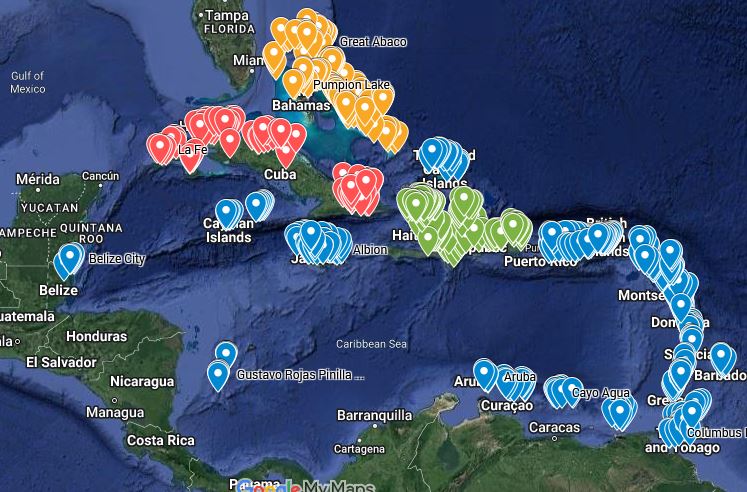Air to AirAboutAir to Air. Can refer to ordnance or mission type.
Air to GroundAboutAir to Ground. Can refer to ordnance or mission type.
CASAboutClose Air Support.
CircuitAboutPattern around which aircraft fly when arriving at an airfield, usual rectangular and left handed.
CommsAboutCommunication(s).
G-Force, G, gAboutGravity - the acceleration force due togravity.Use as a measure of the accelerative vectors a pilot can experience during manoeuvering an a/c. We may define three main areas of g-force :. 0 - 3 G | G experienced by pilots during standard turns in most combat jets. NEGATIVE 3G will induce a "red-out" due to bursting capillaries in the eyeballs. 4 G | Experienced during break turns, e.g. on a fast jet circuit pattern. An average pilot will lose consciousness (Black-out) after 10 seconds at 4 g. The onset of blackout can be delayed by 'hunching', bracing the stomach muscles and grunting.This is known as the L-1 Manoeuver. 5 - 9 G | For emergency use only, e.g. during ACM. More than a few seconds will induce g-locG loadings of 5 - 9 g should be reserved for emergency manoeuvers such as break turns.
HOTASAboutHands On Throttle and Stick. A concept of allowing the pilot to control most of the a/c systems without having to take his hands off the throttle and stick.First saw major development in the F-15 Eagle.
HUDAboutHead-Up-Display. Information relevant to the pilot which is projected onto a glass lens in the pilot's field of view.
IFFAboutIdentification Friend or Foe.
IFRAboutIFR actually means "Instrument Flight Rules", but it is a traditional joke amongst pilots to refer to two valid VFR techniques of navigation: "I Follow Rivers" and "I Follow Roads".
NATOAboutNorth Atlantic Treaty Organisation.
NOTAMAboutNotices To Airmen. These are notices issued by the authorities. Pilots should check the NOTAM board before EACH flight. The NOTAMs will cover:
Information relative to maps and charts. Information on restricted and prohibited areas. Information of general value to aircrew and ATC officer's.
Format of NOTAMS: A) Location, NOTAM number, subject area (AD= aerodromes, PRD= prohibited, restricted, danger areas, DOC= documents). B) Commencent date/ time.
C) Completion date/ time. D) Hour's of Activation. E) Message. F) Lower limit. G) Upper Limit.
TACANAboutTactical Air Navigation.
VFRAboutVisual Flight Rules. Defined as five miles visibility or more and 1,000 feet vertical and one nautical mile horizontal clearance from cloud.
